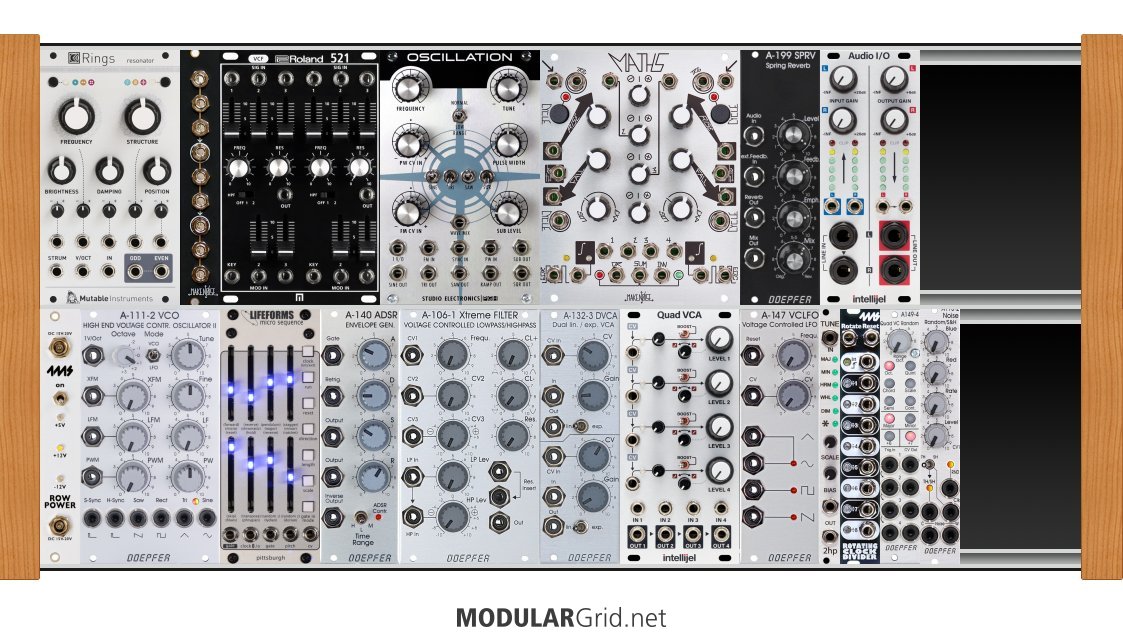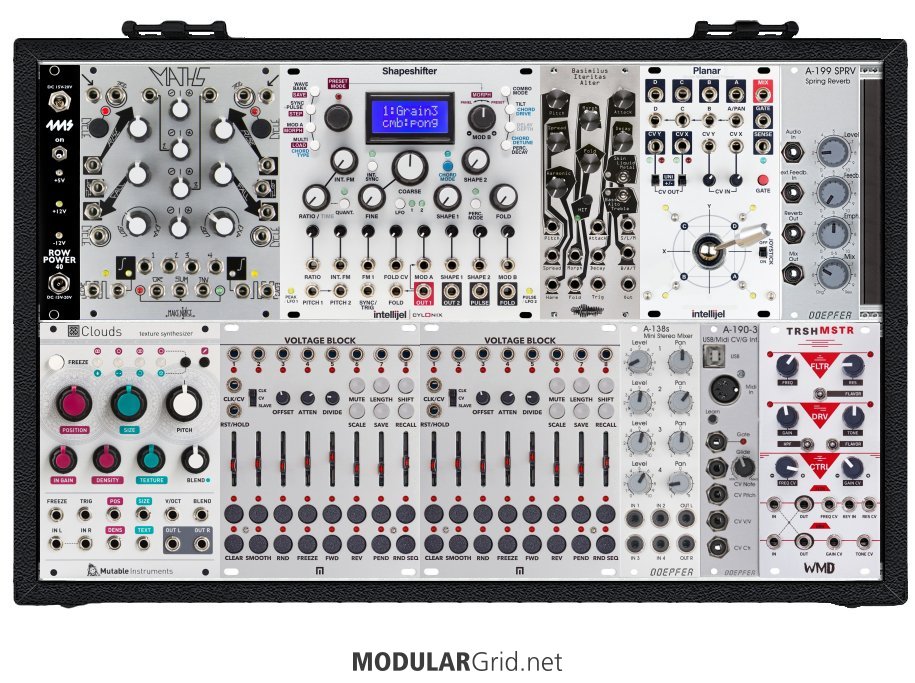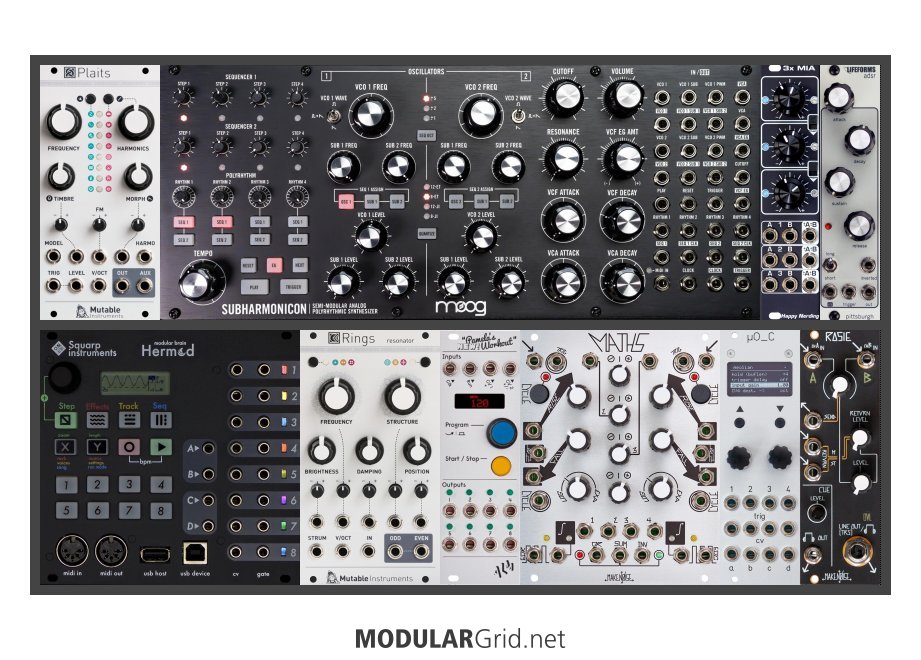Hi Quantamiid,
Welcome to Eurorack! What I am going to write next is not to discourage you but I think we need to be realistic here, okay?
The case is far too small, consider the Intellijel 2*104 HP + 1 U instead, that's small enough. What you have here is microscopic and you will much sooner (than later) outgrow this extremely small casing.
Do you have everything to start making sounds? That depends on how you look at that question. If you want to hear something coming out of your speakers, yes, most probably you manage to do that. Is it going to be fun after a while...? Mwaahhh, I doubt that...
Not sure how much experience you have in synthesizers in common, especially the common setup and also depending on how much external gear you already have, but assuming you have nothing else just going to have this rack then it's far too less. For a classic, simple setup consider at least this here:
2 VCOs (Plaits is nice but get another one too), 2 EGs, 1 or 2 LFOs, 1 or 2 filters (the Wasp filter A-124 is indeed a nice one), dual VCA (or two single VCAs) - preferable those that have linear as well as exponential functionality so the Tallinn you choose might be just right, one or two effects modules (I see you got there already something so that might be fine) and then we haven't talked yet about utility modules... and... that's just to get started and build up some experience, etcetera, after that you want more to explore further, etcetera and then... indeed you need a bigger rack again ;-) It's actually very simple: You just can't have enough HP-space...
Oh and please do keep in mind no matter what you are going to do, a Eurorack is going to be expensive, so you need to be prepared for that and do lots of reading and checking on the different modules, on the basic principles and once done that, you have to ask yourself what you want to do with the Eurorack? What kind of sounds or music you want to make and how are you going to realise that with what kind of modules? Nobody said this comes on in easy ;-) So the pre-work for getting ready to get started with Eurorack is quite substantial, please don't under estimate that.
But once all done that, extended the budget a bit for at least a larger case, then you should be fine to get started. Till then, I do think you have to do a bit more homework ;-)
Still try to enjoy all this, also the pre-investigation phase, all the reading& checking and then bang! Go for it! Good luck and kind regards, Garfield Modular.

